Japanese cuisine is a culinary delight for travelers seeking a taste of culture and tradition. Renowned for its meticulous preparation, fresh ingredients, and visual artistry. Japanese food offers a unique sensory experience. Sushi, sashimi, and tempura are internationally recognized staples. The best part about Japanese foods is that they are super healthy and delicious.
Travelers can explore a range of flavors and cooking styles. From the umami-rich broths of a steaming bowl of ramen to the theatrical display of teppanyaki grills you can enjoy every type.
List of the best Japanese food that you must try:
A trip to Japan is incomplete without delving into its street food culture. Enjoy the mouthwatering Yakitori Skewers or try imaginative creations like Taiyaki. Alongside these delicious dishes, travelers can sip on green tea. Indulge in traditional Japanese desserts like mochi or matcha-flavored sweets.
In this article, we have shared 20 must-try Japanese food that is delicious and mouth-watering. You can easily find this food in Japanese restaurants.
20 must-try Japanese food
Sushi:

Sushi is a quintessential Japanese dish that consists of vinegared rice. This is combined with various ingredients such as fresh fish, vegetables, and occasionally tropical fruits. It can be found in various forms, including nigiri (a small rice bed with a topping), sashimi (thin slices of raw fish), and maki (rolls wrapped in seaweed). This is one of the best traditional Japanese foods that you can try.
Sashimi:
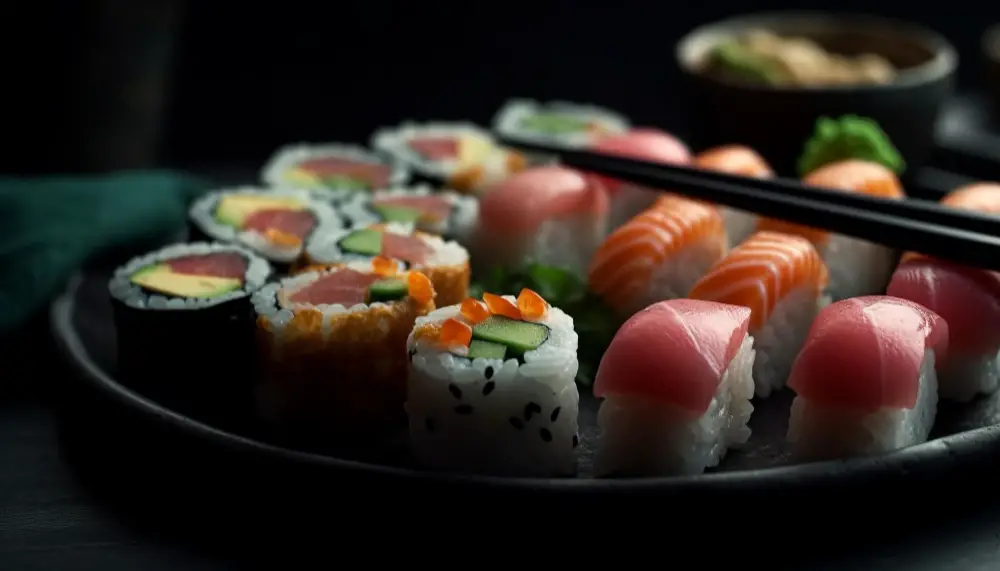
Sashimi is a delicacy of thinly sliced raw fish or seafood, often served with soy sauce, wasabi, and pickled ginger. It showcases the freshness and quality of the ingredients.
Tempura:
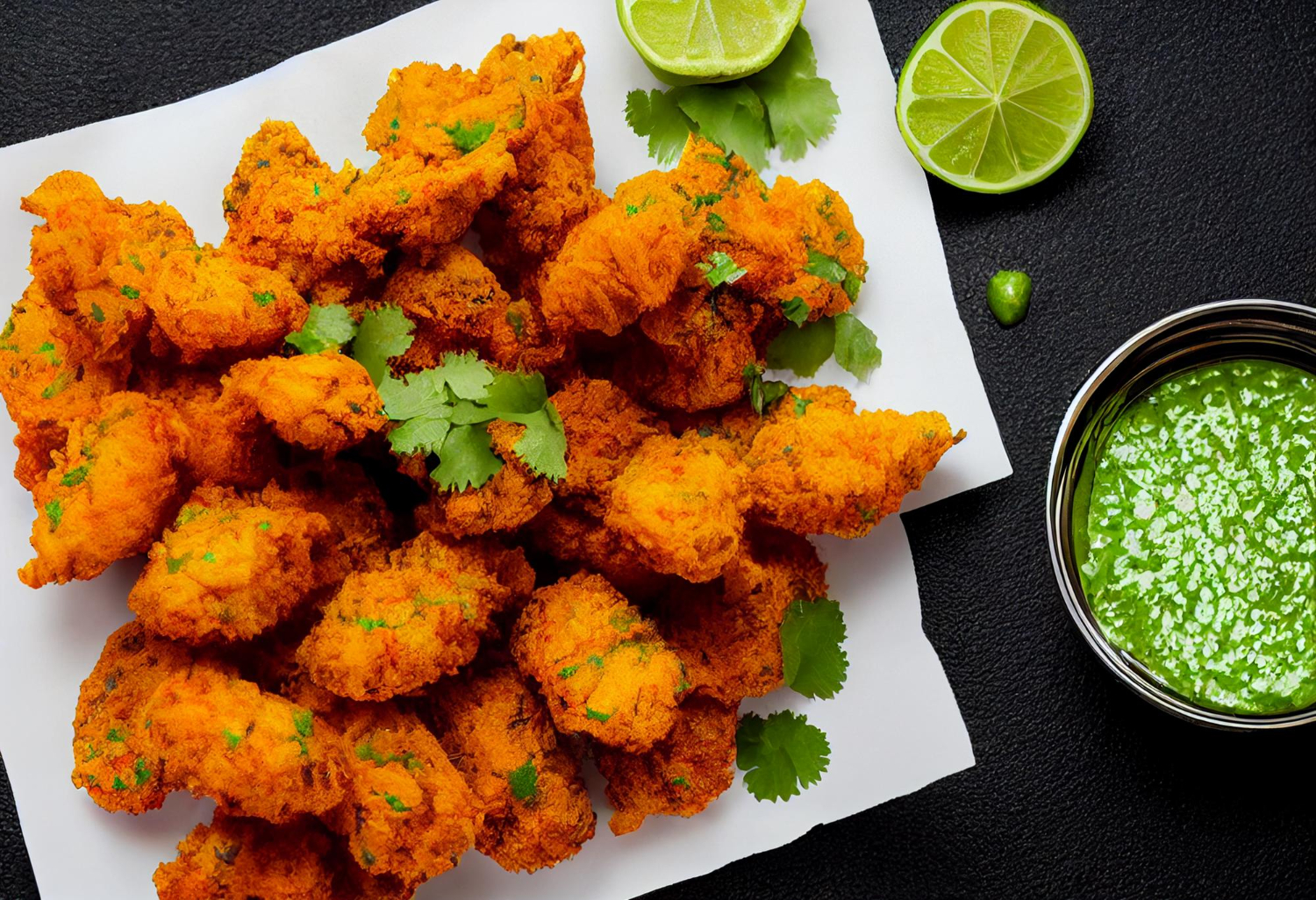
Tempura is a method of frying, originating from Portuguese influence in Japan. Vegetables, seafood, and sometimes even dessert are lightly battered and deep-fried to delicate, crispy perfection.
Ramen:
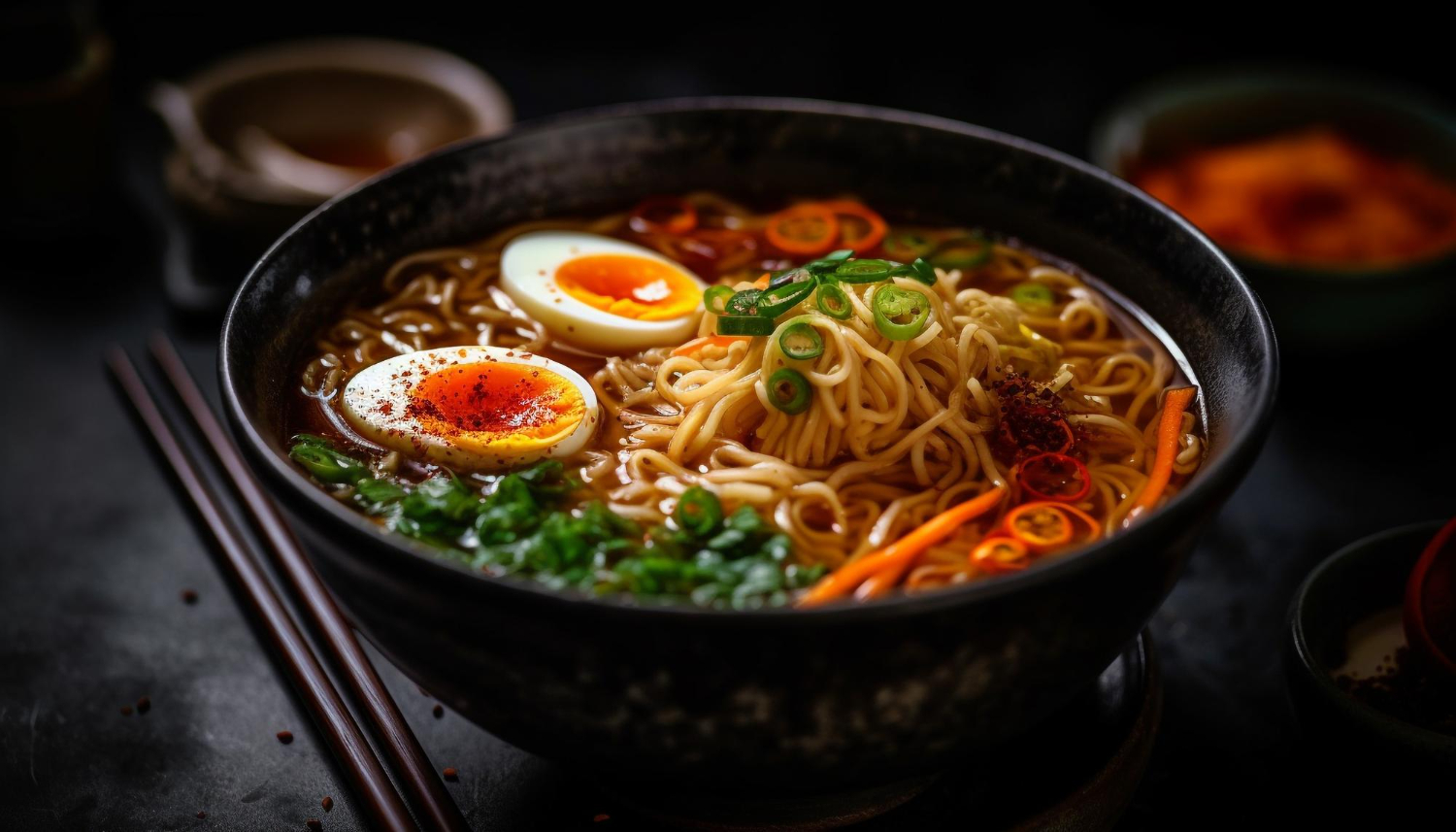
Ramen is a beloved noodle soup that can vary widely in its ingredients and preparation. It typically includes wheat noodles served in a flavorful broth with toppings like pork, soft-boiled eggs, nori, and green onions.
Udon:
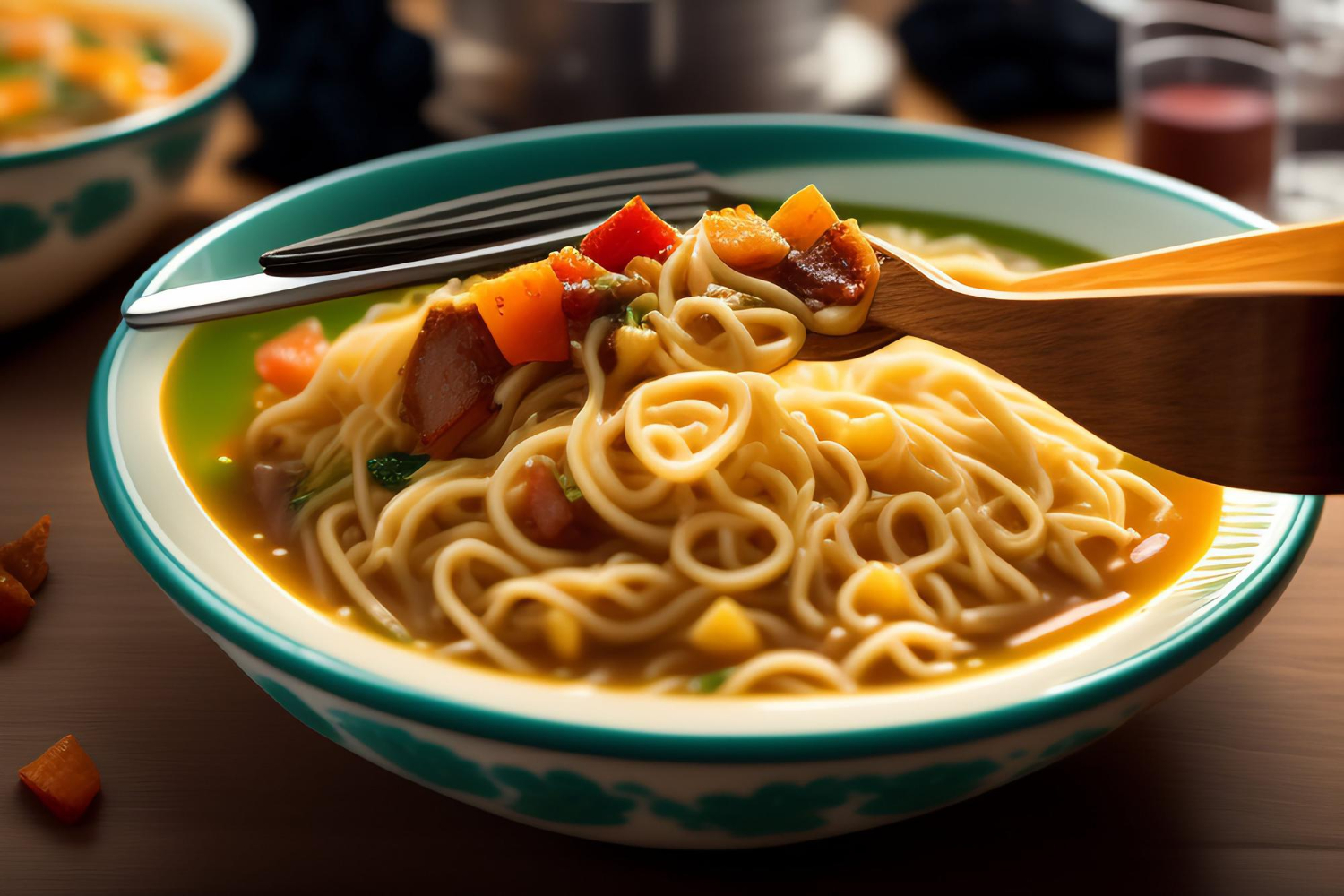
Udon are thick wheat noodles often served in a hot or cold broth. This makes a comforting and filling meal. Various toppings and flavors are used in udon dishes.
Yakitori:
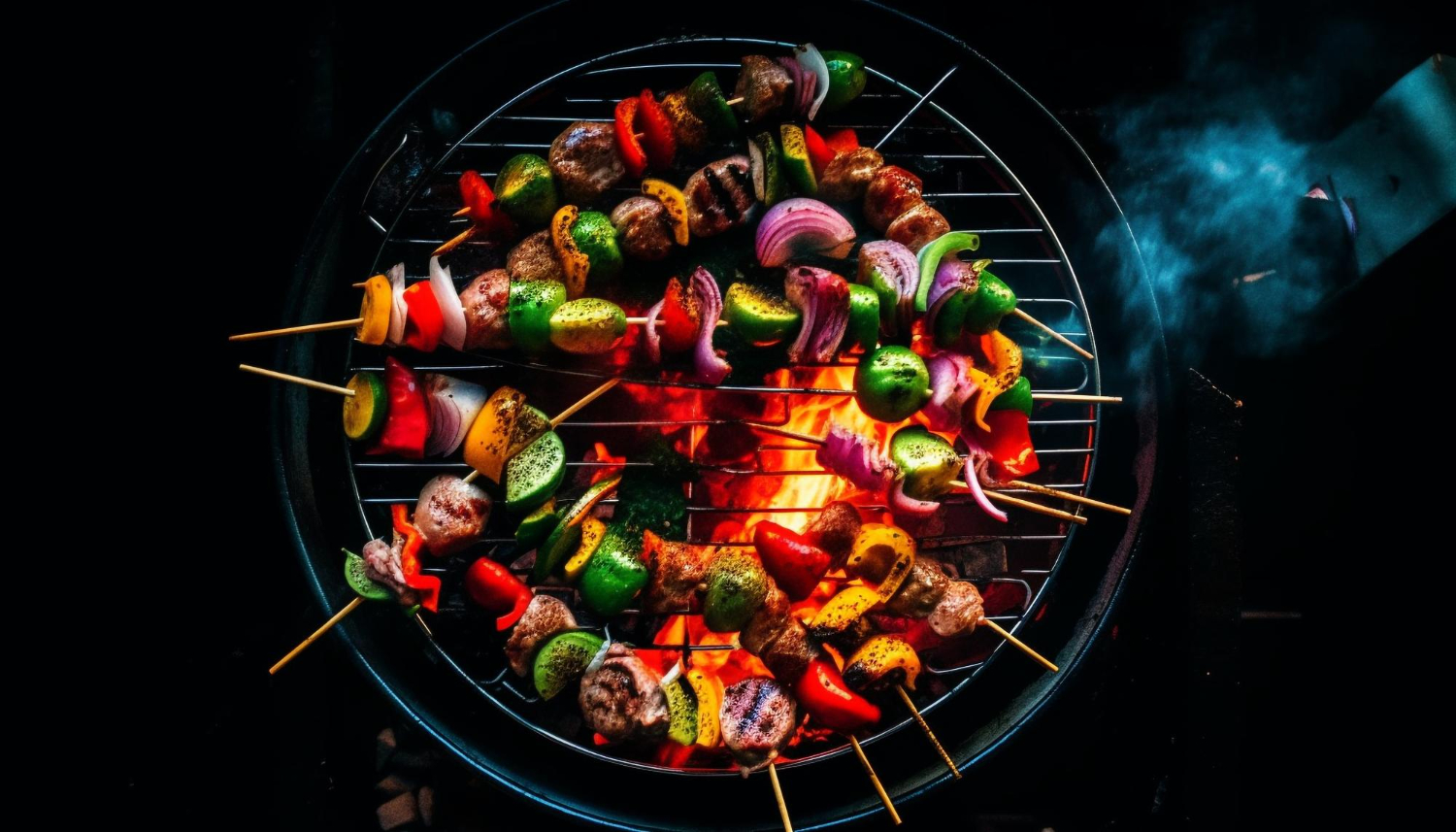
Yakitori is a popular Japanese skewered chicken dish. This is a bite-sized piece of chicken grilled over charcoal and seasoned with a sweet and savory glaze.
Okonomiyaki:
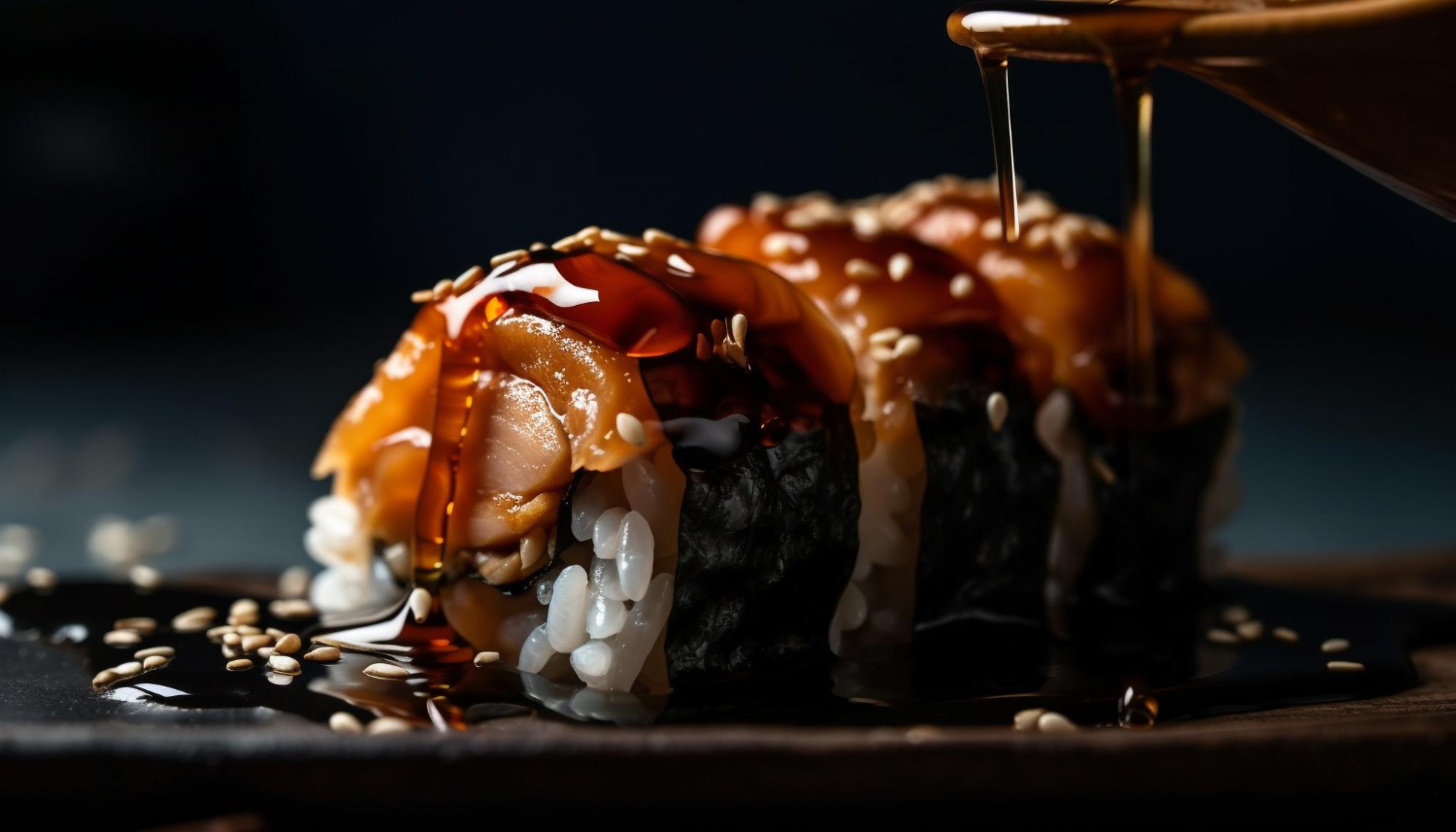
Often described as a "Japanese pancake," okonomiyaki is a savory dish made with a batter of flour, eggs, and shredded cabbage. Added with various ingredients like pork, seafood, and cheese. It's cooked on a griddle and topped with okonomiyaki sauce and bonito flakes.
Takoyaki:
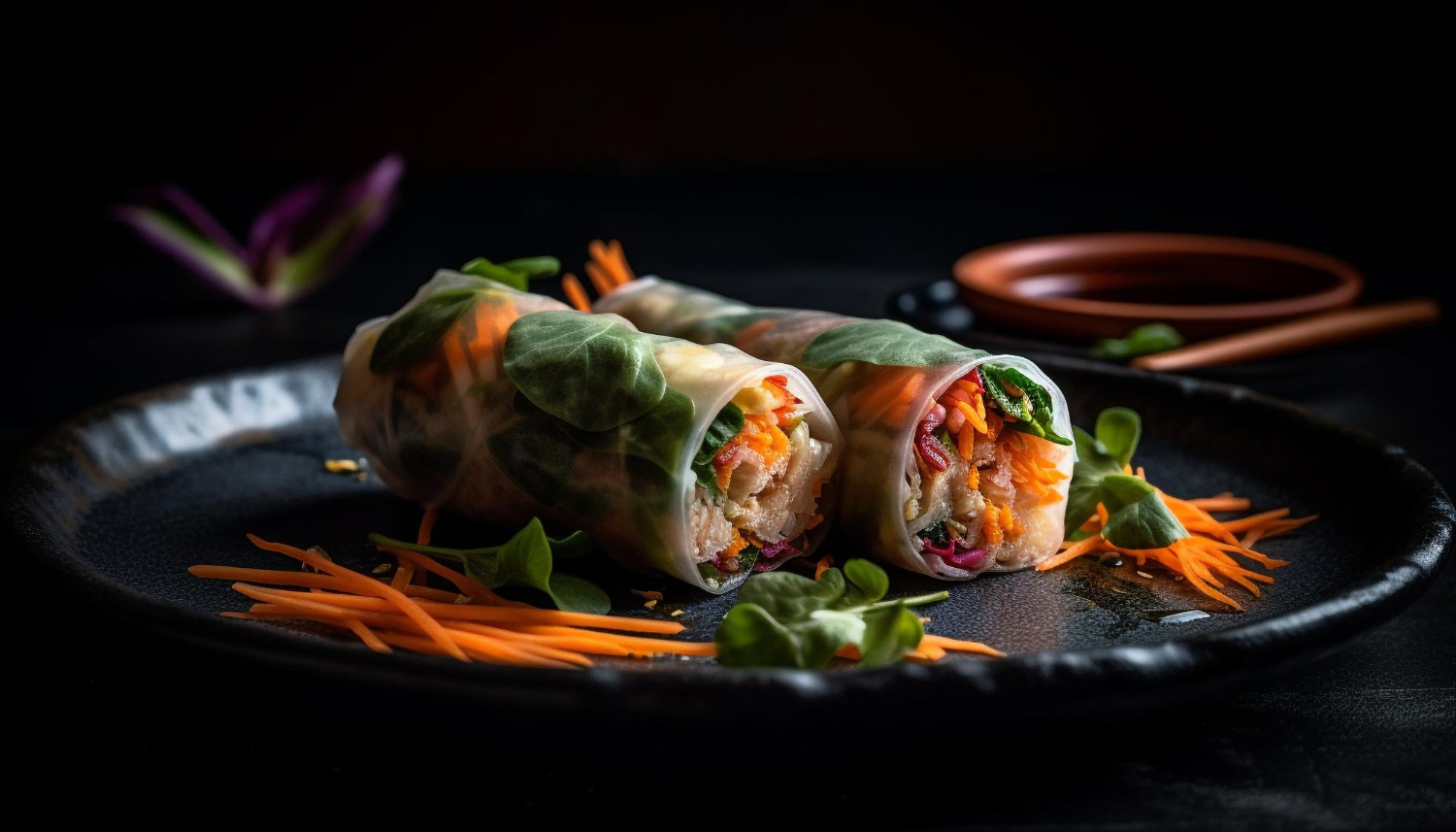
Takoyaki are round, savory snacks made from a batter that contains chunks of octopus. They're cooked in special takoyaki pans to create a crispy exterior and a soft, doughy inside. They're usually served with takoyaki sauce and bonito flakes.
Miso Soup:
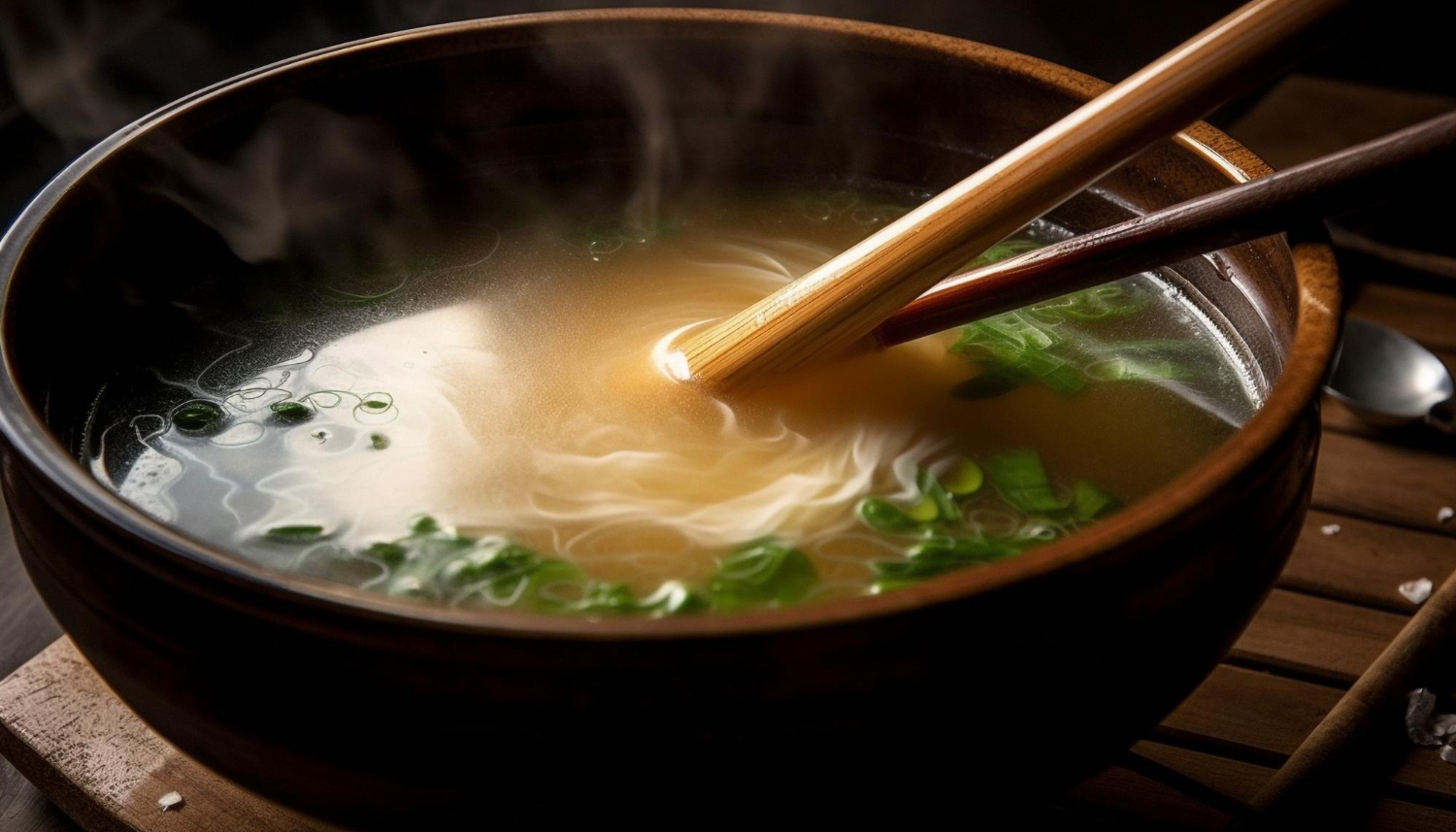
Miso soup is a traditional Japanese soup made from miso paste (fermented soybeans), seaweed, and other ingredients like tofu and green onions. It's often served as an appetizer.
Onigiri:
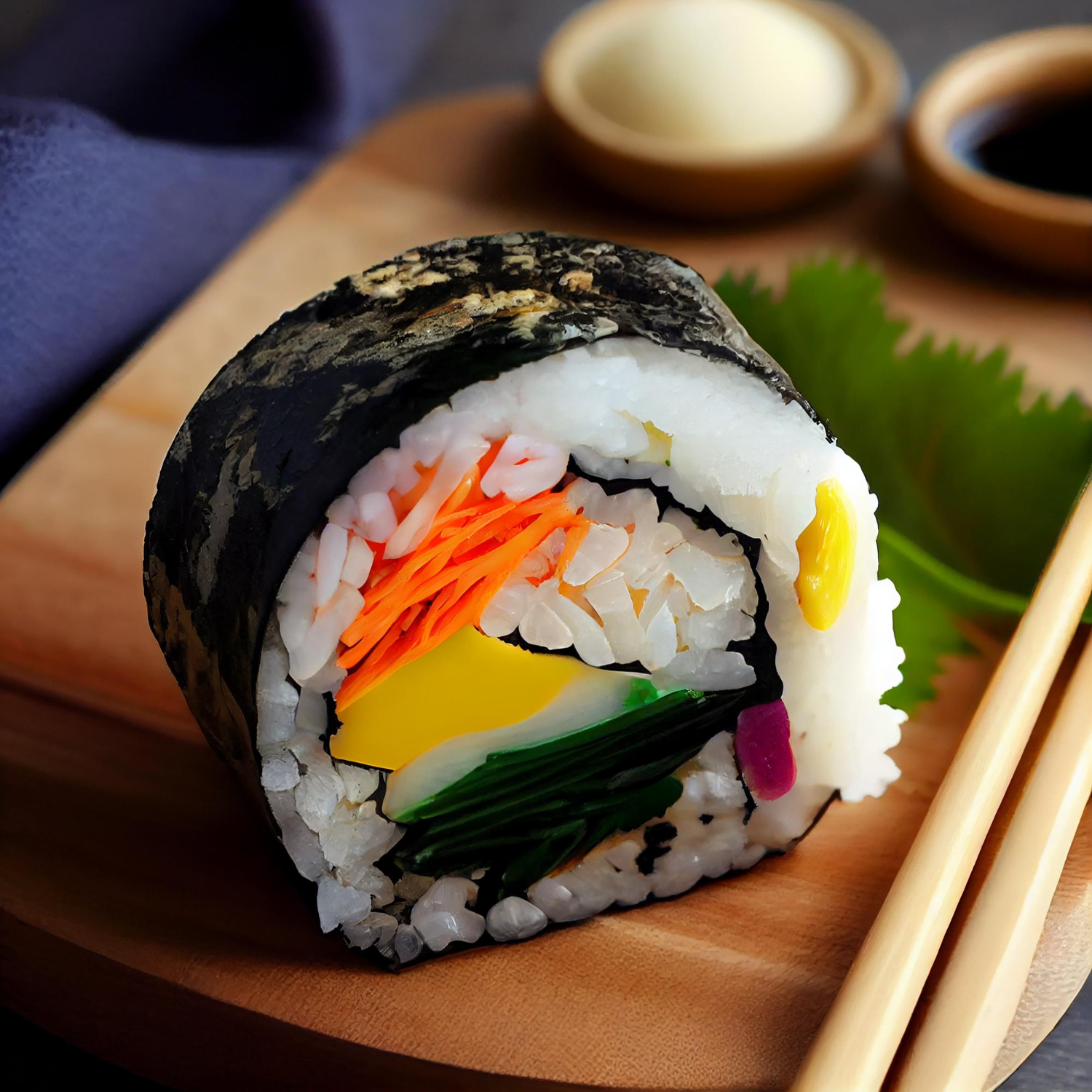
Onigiri are rice balls, often shaped into triangles or cylinders, and wrapped in seaweed. They can be filled with a variety of ingredients like pickled plum, grilled fish, or seasoned vegetables.
Katsu Curry:
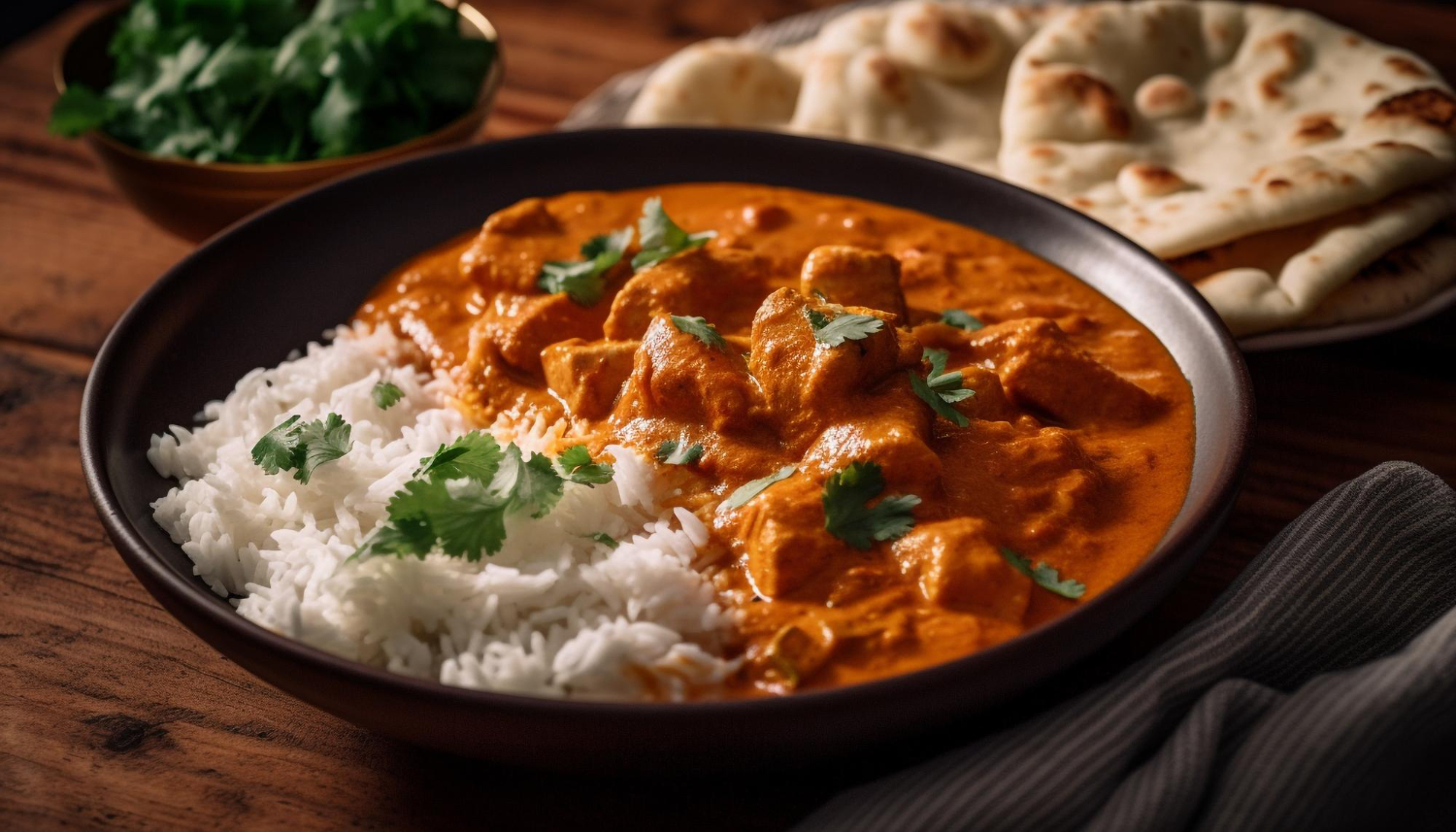
Katsu curry combines crispy, breaded, and deep-fried cutlets of meat (usually pork or chicken) with a rich Japanese curry sauce. The result is a comforting and flavorful dish. This is the best food to try in Japan.
Gyoza:
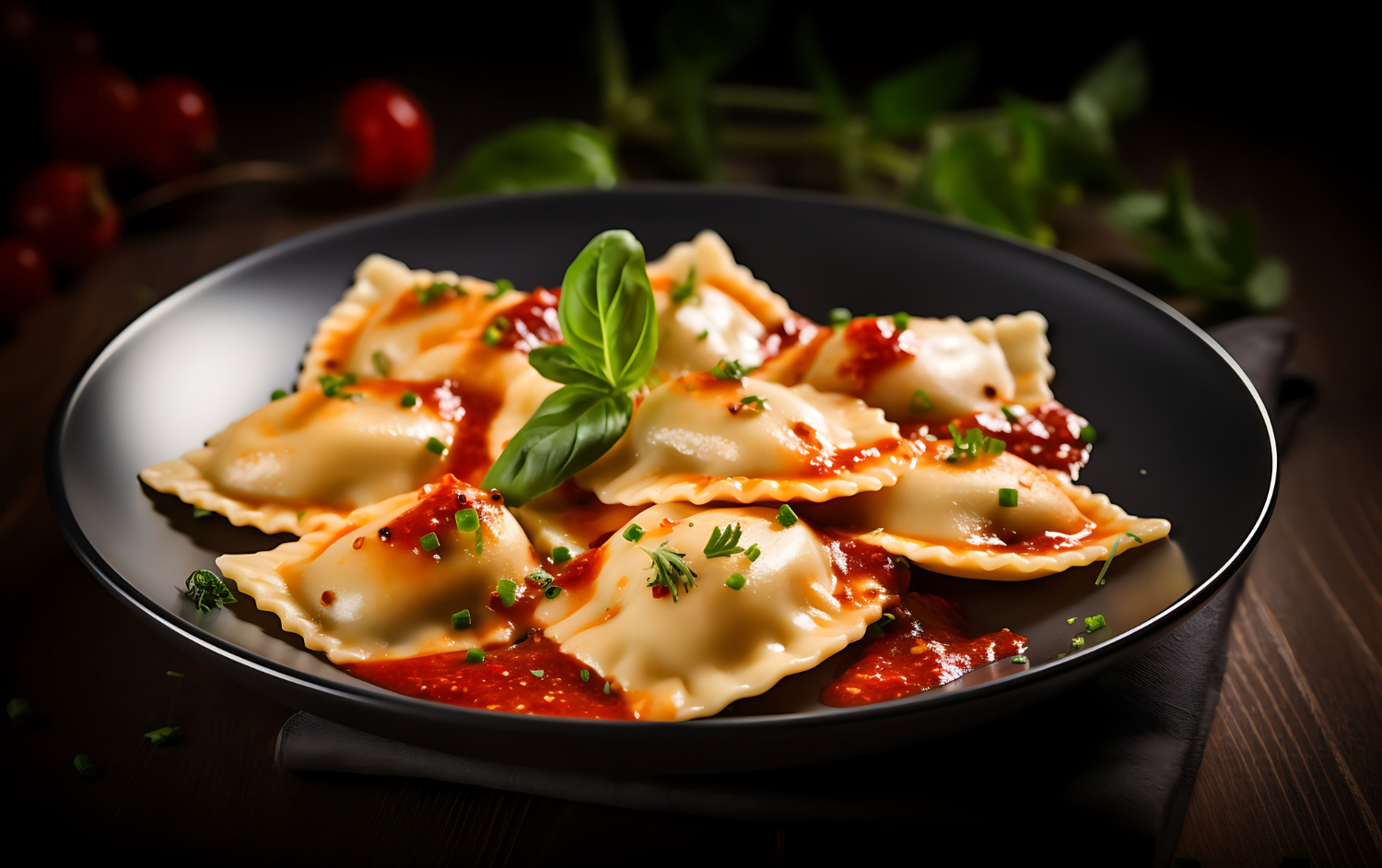
Gyoza are pan-fried dumplings filled with a mixture of ground meat (usually pork or chicken), vegetables, and seasonings. They are often served with a soy-based dipping sauce.
Chirashi Sushi:
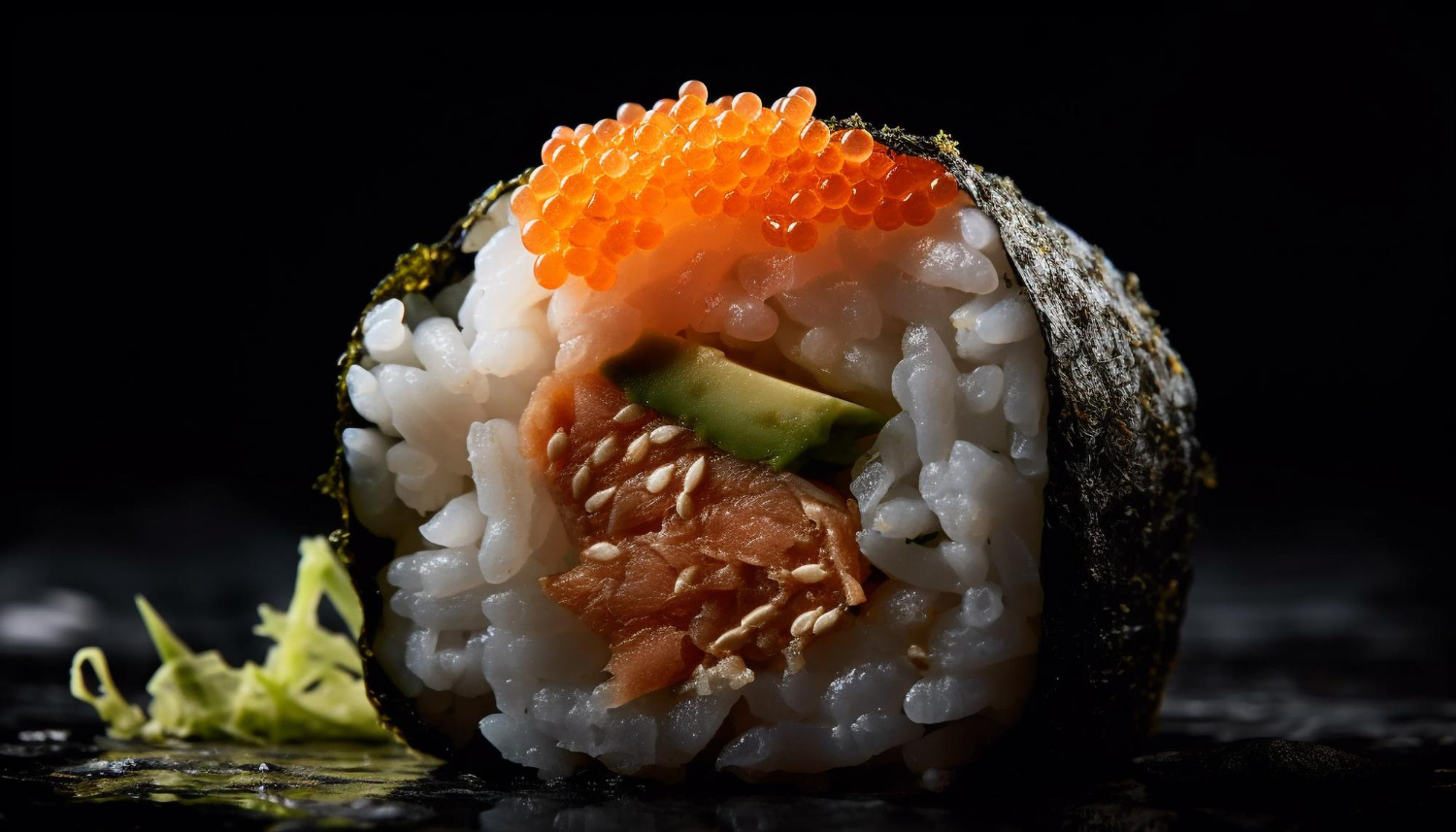
Chirashi sushi is a colorful bowl of sushi rice topped with an assortment of sashimi, vegetables, and other ingredients. It's visually stunning and offers a variety of flavors and textures.
Yakiniku:
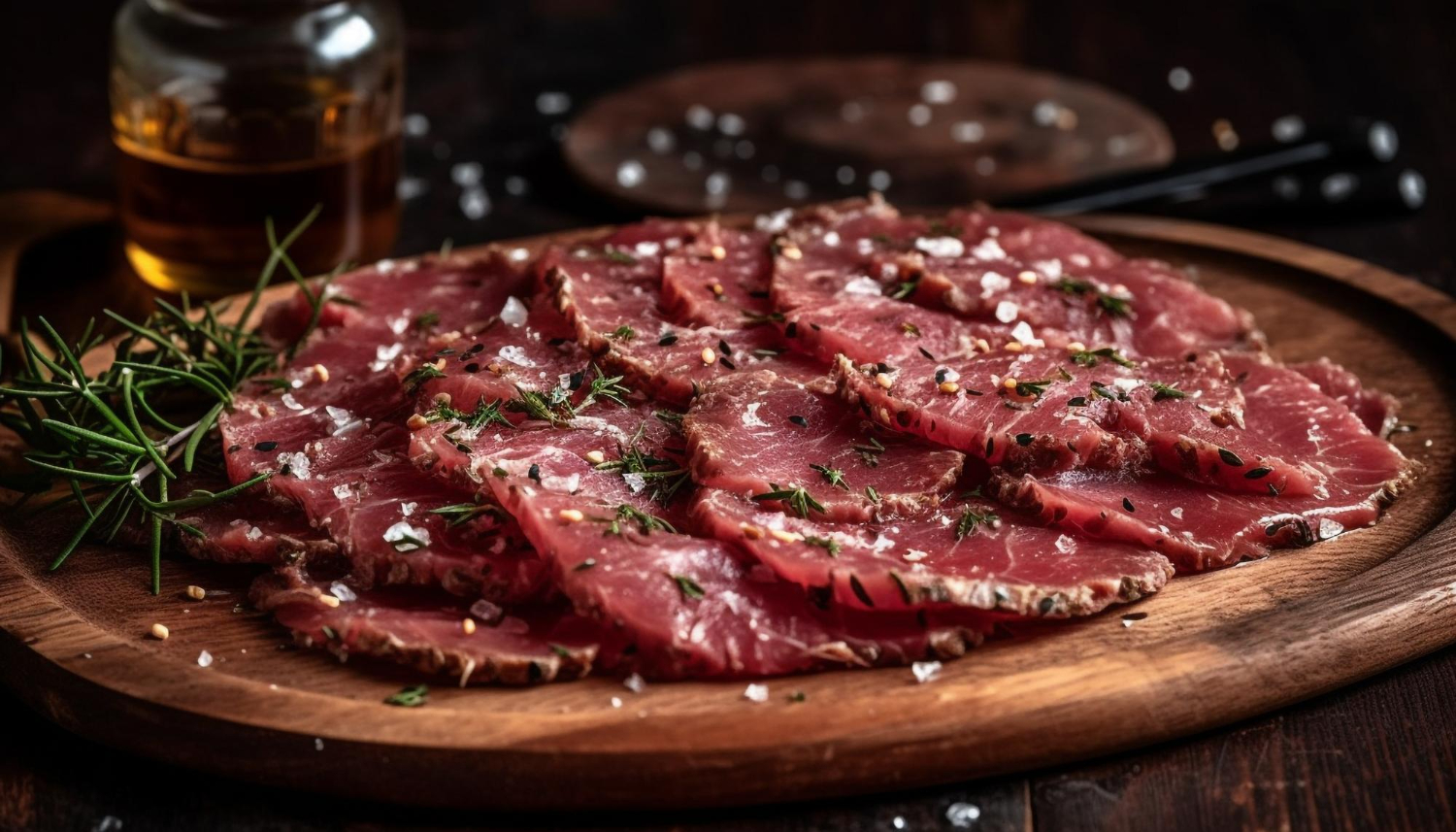
Yakiniku is a Japanese barbecue experience where diners grill thin slices of meat, typically beef or pork, at their table. It's often served with a variety of dipping sauces and side dishes.
Japanese Curry:

Japanese curry is a sweeter, milder version of curry compared to its Indian or Thai counterparts. It's typically served with rice and a variety of ingredients like meat, vegetables, or even fried seafood.
Oyakodon:
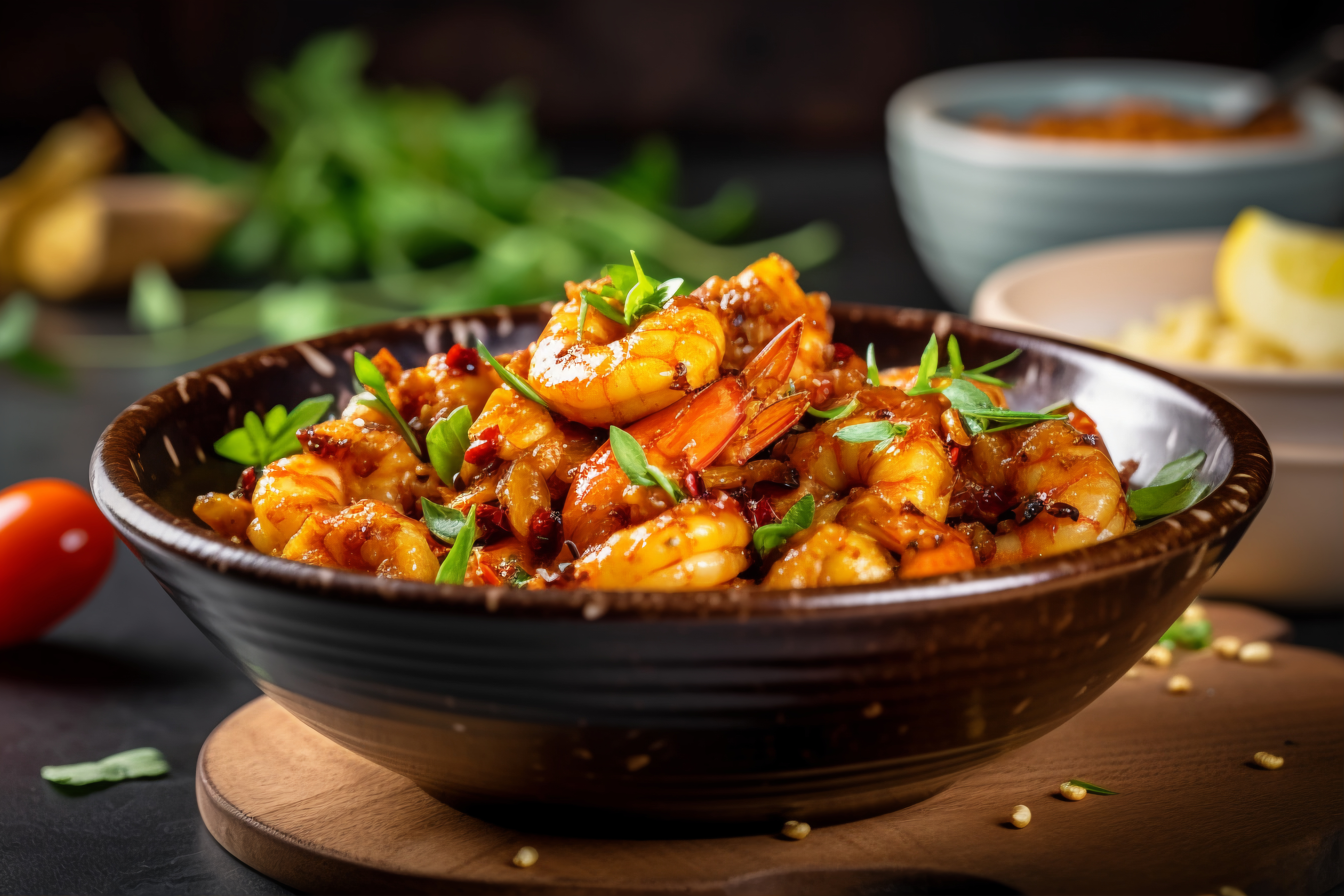
Oyakodon is a rice bowl dish featuring chicken and beaten eggs cooked together with a sweet and savory broth. It's served over a bowl of rice.
Zaru Soba:
Zaru soba is a cold dish consisting of buckwheat noodles served on a bamboo tray with a dipping sauce. It's a refreshing and light option, especially on hot summer days.
Tonkatsu: Tonkatsu is a breaded and deep-fried pork cutlet, often served with a tangy tonkatsu sauce and shredded cabbage.
Sushi Rolls (Maki): Sushi rolls, or maki, offer a wide variety of combinations. They typically involve ingredients like fish, vegetables, and rice rolled in seaweed. Popular choices include California rolls and spicy tuna rolls.
Kaiseki: Kaiseki is a traditional, multi-course Japanese tasting menu that showcases seasonal and regional ingredients. It's often an artful and highly refined dining experience, providing a deep immersion into Japanese culinary culture.
These dishes represent a rich tapestry of flavors and culinary traditions in Japan, from simple, time-honored classics to innovative and modern interpretations.
Affordable and Expensive Restaurants in Japan
Japan offers a wide range of dining options to suit various budgets, from affordable street food stalls to high-end Michelin-starred restaurants. Here are the best expensive and affordable restaurants to enjoy the mentioned Japanese cuisines:
Expensive Restaurants:
Sukiyabashi Jiro (Tokyo): This three-Michelin-starred sushi restaurant, featured in the documentary "Jiro Dreams of Sushi," offers a world-renowned sushi experience. Be prepared for a significant bill for a meal here. This is one of the best restaurants in Tokyo.
Ryugin (Tokyo): Ryugin, another Michelin-starred establishment, focuses on modern interpretations of traditional kaiseki cuisine. This provides a truly exceptional dining experience.
Kikunoi (Kyoto): Kikunoi is a top-rated kaiseki restaurant that emphasizes Kyoto's seasonal and local ingredients. The meticulously prepared multi-course meals are a luxury experience.
Ippudo (Various Locations): While Ippudo is an international chain, visiting one of its locations in Japan. More importantly, Fukuoka where it originated, can provide an exquisite and pricey ramen experience.
Kyubei (Tokyo): Kyubei is a high-end sushi restaurant where you can savor some of the best sushi in Tokyo, although it comes at a premium price.
Affordable Dining Options:
Ichiran (Various Locations): Ichiran is a famous ramen chain known for its individualized booth-style dining. It offers an affordable way to enjoy delicious, customizable ramen.
Sushiro (Various Locations): Sushiro is a popular conveyor belt sushi chain in Japan. You can enjoy a variety of sushi dishes at reasonable prices.
Ootoya (Various Locations): Ootoya is a casual dining chain offering affordable and tasty traditional Japanese meals, including Tonkatsu, Oyakodon, and more.
Yakitori Alley (Omoide Yokocho, Tokyo): This alley in Shinjuku is filled with small, budget-friendly yakitori restaurants. Here you can sample delicious grilled skewers and other Japanese bar food.
Takoyaki Stalls (Various Locations): You'll find takoyaki stalls throughout Japan, often near street markets or busy areas. These octopus-filled dough balls are both tasty and affordable.
Convenience Stores: Don't overlook Japanese convenience stores like 7-Eleven, Lawson, and FamilyMart. They offer a surprisingly wide range of delicious and inexpensive options, from onigiri to bento boxes. You can find such convenience stores to eat affordable food in almost every city in Japan including Osaka, Kyoto, Tokyo, and many more.
Conclusion
Remember that Japan has a culinary treasure trove for every budget, so it's possible to enjoy traditional and modern Japanese cuisine at a wide range of price points. If you're looking for an authentic and economical experience. Plus, exploring local eateries, street food vendors, and smaller restaurants can often provide delicious meals without breaking the bank.